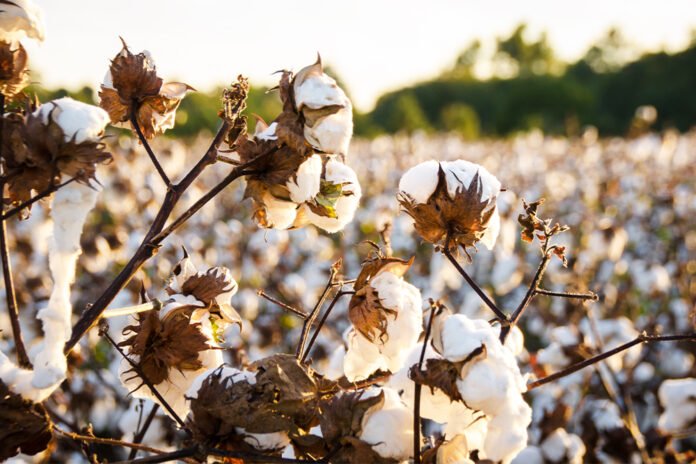Indonesia’s cotton usage is projected to be at its lowest level in over 30 years at 1.6 million bales, down 1.0 million from the previous year.
This forecast is lower than the Covid-19 period and nearly 2.0 million below the record level witnessed five years ago.
A United States Department of Agriculture (USDA) report attributed the same to plunging yarn exports, and falling domestic demand for cotton textiles like garments and home textiles.
Indonesia imports nearly all of the cotton it spins, and roughly 40 percent of that consumption is exported as cotton yarn.
Weaker foreign demand for Indonesian yarn has increasingly led to lower cotton consumption. In the period between March 2022 to April 2023, yarn exports were slightly above 100,000 tons, less than half the five-year average level for shipments for that period.
Demand from China, Indonesia’s largest buyer by far, has plunged due to slowing global demand for Chinese cotton fabric and products.
Domestic purchases of cotton textiles and products account for roughly half of Indonesia’s cotton consumption. Both a growing population and thriving tourism industry have sustained purchases; however, cotton has increasingly lost volume to man-made fibers (MMF) which include polyester and rayon.
Indonesia has increasingly allocated domestically produced MMF textiles and its products for domestic purchases instead of cotton textiles.
Meanwhile, MMF textiles and products imports have doubled over the past decade to support domestic purchases of MMF textile products and garments.
Despite the country’s population growing by nearly 30 million in the past decade, cotton consumption levels have fallen as consumers opted for lower-priced and domestically produced MMF apparel.
2023/24 cotton consumption is forecast to rise 700,000 bales to 2.3 million bales as spinners replenish depleted inventories and yarn export prospects are projected to normalize.
Moreover, sustained purchases of cotton garments by citizens and tourists are expected to support restocking across the supply chain.
Despite the current year’s consumption collapsing to the lowest level since 1990, cotton consumption is projected to rebound in the next marketing year but remain lower than historical levels.



